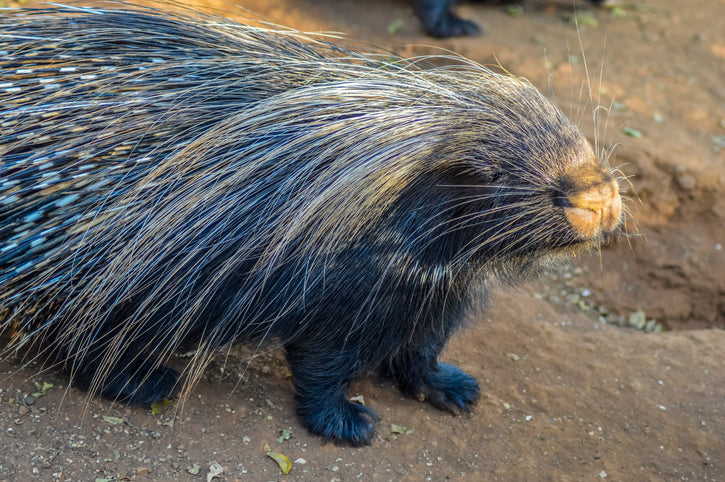
The Porcupine
Share
The Prickly Porcupines of Kruger National Park 🦔
As night falls over Kruger National Park, the prickly porcupines make their appearance. These fascinating creatures are among the largest rodents in the park and are easily recognised by their distinctive coat of sharp quills.
Unique Defences: Porcupines are well-known for their impressive quills, which can be as long as 30 centimetres. These are not just passive defences; porcupines can raise and rattle them when threatened to deter predators. If that doesn’t work, they might charge backwards into the threat to drive the quills in. 🛡️🔥
Nocturnal Foragers: Active mostly at night, porcupines are primarily herbivores. They use their strong, sharp front teeth to feed on a variety of vegetation, including roots, tubers, and bark. They are particularly fond of fallen fruit and will occasionally chew on bones to obtain calcium. 🌿🌜
Habitat and Habits: Porcupines prefer rocky outcrops and burrows for their habitats, where they can hide during the day. They are solitary or live in small family groups, and despite their slow pace, they cover considerable distances in their search for food each night. 🏞️👣
Breeding and Care: Porcupines mate for life, and both parents are involved in raising the young. The female gives birth to one to three well-developed young after a gestation period of about seven months. The babies are born with soft quills, which harden a few hours after birth. 👶🦔
Fun Fact for Kids: Did you know that porcupines' quills are actually modified hairs? These quills are coated with a layer of thick plates called keratin, which is the same material that your hair and nails are made of!